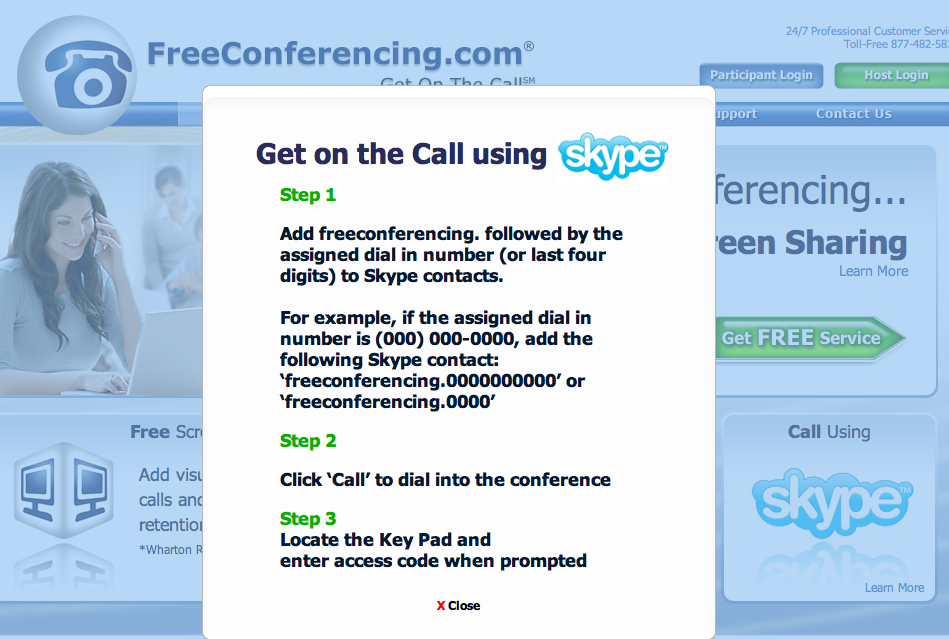6 Tricks to Sell Out Your First Skillshare Class
Tricks for building a successful Skillshare class and how to sell out your first Skillshare class.
1. Promoting
If Skillshare already exists in your city…. great! You can leverage their lists for distribution.
If Skillshare is new to your city or doesn’t really exist yet, ask:
What other business networks exist locally?
What other networking platforms exist where you can post your content?
For example:
- EventBrite
- Meetup groups
- Biznik
Be careful of terms of service, but what I did is I pointed the other services to my Skillshare class link. It’s all extra promotion (and SEO) for Skillshare and they encourage you to promote via social networks. Leverage what you can, as long as it drives people to Skillshare, it’s a win/win for everyone.
Also, for the first class, keeping the costs low ($15-$25) and the class size low (5-7) will guarantee higher success. Saying your first class “sold out” with people on the waiting list helps create demand.
The first class is hardest.
2. Build Interest
Tip: “seed” a few people in the class. Nobody likes to be the first person to book the class. People who are passing by and think the class looks interesting are more inclined to come if they see that others are also interested. This validates your class concept and gives social proof, which is a must for the first class particularly.
Create a few promotion codes and give them out to friends and influencers. Having 2-3 influencers in the community you’re targeting on the list will guarantee that your class will fill up.
Be sure to post the class a few times before it begins, for example:
- 2-3 weeks prior make the first announcement
- 1 week before the class, post on a day where your target audience will be most active (have your seeders planted by this stage)
- 2 days prior make a post about how excited you are about the class to continue to build excitement
- the day of (for those last-minute attendees)
3. Create Networking Opportunties
Potential students are likely looking at the profiles of those who signed up. Having people who have interesting profiles helps because the potential students are going not just to learn but also to network and to create a network around a similar subject. Encourage the students to meet other like minded people in class.
4. Focus on Great Copy:
In your class description:
- what is it you’re teaching and why?
- what will the student walk away with?
- how is it applicable to them?
Don’t use tech terms that nobody will understand. But don’t be a used car salesman either and play buzzword scrabble.
> You’ll learn:
In this section, instead of saying
“how to use social media to grow your audience” (very generic and non-unique weak promise)
try
“how to increase your Twitter following to 1,000 quality followers in the next 30 days” (realistic target, high quality, great ROI on class)
> You’ll walk away with:
Make sure these are practical skills. The student should see themselves having actionable items immediately from this course.
- a twitter account (if you don’t have one already)
- the knowledge and tools to go from 0-1,000 twitter followers in 30 days
> About the Teacher:
Next, they want to know why you are qualified? Have you done this? Why you?
Self-promotion is SO hard but it’s necessary. Students want to know and believe that they will walk away with the tools and knowledge to do what you did – this creates a WOW factor and will help also drive attendance.
5. Select a Great Location
Having a great location, one that resonates with your audience, is also key. If you’re talking about tech issues to a tech crowd and you plan to meet at planned parenthood, it’s probably going to affect the turnout.
Remember, you are still selling your skills and a new class. If you hold it at a reputable location, your credibility increases.
6. Connect with Students
This is less about filling seats, now, and more about quality. You want to build value. Send the students an email, a survey, take an interest and interact prior to class. Tailor your content to the needs and interests of the eager learners. They want to learn and they are taking time to come see you. Give them so much value that you feel like you’re getting ripped off. They will walk away feeling like they got their money’s worth and then some.
The result?
Powerful endorsements and “street cred” on Skillshare. Your next class, while still following similar principles, will be easier to sell and you can increase the size of your class, and price.
At least that’s what I did.





 About the guest blogger: Libby Tucker is Founder and CEO of
About the guest blogger: Libby Tucker is Founder and CEO of 